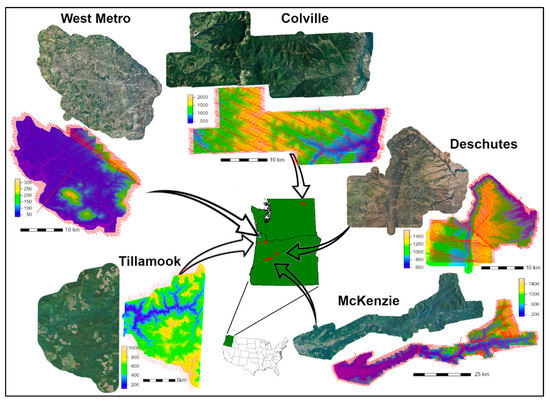
On your question of "for how long?", a common procedure (it might be different for a particular field or approach) is to fly towards the centre line of the localiser and below the glideslope at an angle of about 30 degrees to intercept the localiser at about 10 miles out.ĪTC will vector the aircraft to this point (e.g.

The guidance indicator is just a display of the ratio between 90Hz and 150Hz. If you have more 90Hz than 150Hz, you are too far left on the localiser or, too high on the glideslope. The 90 and 150 are then filtered out separately. The localiser and glideslope signals are transmitted on different frequencies (the "carrier" frequency) and these are filtered out to leave a mix of 90Hz and 150Hz for each one. To add a little more detail on the receiver side and how it's used The majority of ILS approaches however, require the pilot to observe certain visual cues before descending below 200 ft AGL. You will stop using the ILS normally at 200 ft above the ground, although there are special ILS approaches with lower minimum altitudes that require special equipment and training. At many airports you will track the localizer portion of the signal much further out than this. The ILS is usable for at least 10 miles from the antennae. In both cases however, the pilot is in control, not the ILS. The autopilot may be slaved to follow either just the localizer, or both the localizer and glideslope, or the pilot may hand fly the approach. To your last question, the pilot has control over the airplane for the entire approach. When both lobes are received equally the needle will be centered. The position of the needle is determined by which lobe of the transmitter is being received stronger than the other. If both of these are centered you are in the middle of both beams and on course. One moves side to side and tracks the localizer, and the other moves up and down and tracks the glideslope. The basis of all of these are following two needles that are shown to the pilot. On the top end you have electronic primary flight displays that display data on a CRT or LCD screen. The most primitive instrument is the VOR head with glideslope-type of needled navigation instrument.Ī step up from that is an HSI, which is a bit more intuitive to fly and has better facilities for handling localizer back courses. The data from the radio is then sent to whatever instrument you are displaying the data on. If a localizer frequency is selected, the radio will also listen on a specific glideslope frequency. These signals will first go to a nav radio, which the pilot uses to select the localizer frequency (or a VOR frequency). The localizer signal is received the antenna used for the normal navigation signals (VOR) and there will be an additional antenna for the glideslope signal. The equipment in the plane responsible for using this signal comes in a few parts, an antenna, a radio and a navigation instrument. The glideslope is generally usable about 10 nm from the runway, but is generally not used that far out. It broadcasts a its own two lobes centered around a 3 degree slope (this can vary by installation). The glideslope antenna sits around the 1000 ft touchdown zone markers on the runway, offset a little bit from the runway. The localizer antenna broadcasts two lobes down the length of the runway for a few miles (typically 18 nm, but some airports like LAX have a much longer serviceable distance). The equipment for transmitting the signals is pretty well described in your question. A pilot is only concerned with the localizer frequency as the navigation equipment knows the paired glideslope frequency for any given localizer frequency. These frequencies are the carrier waves that the modulation you mention takes place upon.

The frequencies for the localizer are between 108.1-111.95 MHz and the glide slope between 329.15-335.0 MHz. The ILS works using two components, a localizer and a glideslope.


 0 kommentar(er)
0 kommentar(er)
